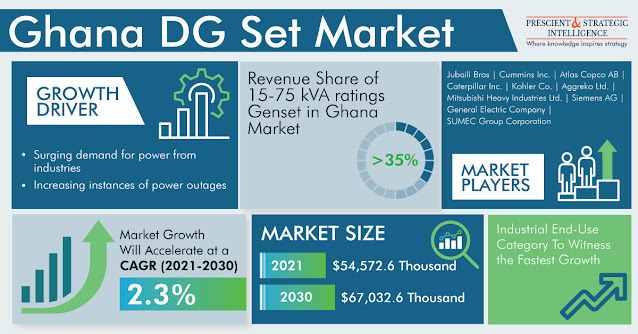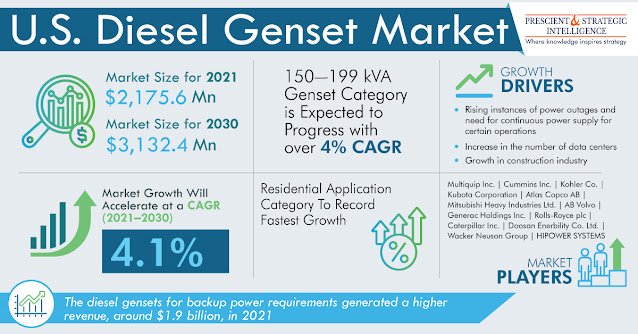According to the latest market research study published by
P&S Intelligence, the global commercial satellite imaging market reached a
value of USD 4,811.9 million in 2024 and is projected to surge at a robust CAGR
of 10.5% between 2025 and 2032, eventually hitting USD 10,579.1 million by
2032. This remarkable growth trajectory is fueled by the increasing demand for
high-resolution geospatial data across a wide array of sectors such as defense
and intelligence, agriculture, disaster response, urban planning, and
environmental monitoring.
Download free Report Sample Now
As organizations seek faster and more precise positional
information, satellite imaging technologies—especially those powered by
artificial intelligence (AI), machine learning (ML), and synthetic aperture
radar (SAR)—are gaining immense traction. These advanced capabilities enable
accurate mapping and real-time analysis, significantly enhancing strategic
decision-making in critical applications. Optically equipped satellites now
deliver rapid data output with widespread coverage, offering a cost-efficient and
highly scalable solution compared to terrestrial or aeronautical imaging
methods.
The widespread accessibility of satellite imagery—once
restricted to governments and military institutions—has also spurred market
expansion. Tools like Google Earth, fueled by internet proliferation and
consumer electronics adoption, have mainstreamed location-based services (LBS),
with satellite imaging now forming the backbone of applications critical to
public safety and natural disaster response.
Key Insights
- In
2024, the optical imaging technology segment held the lion’s share—over
70%—driven by its high-resolution output, cost-effectiveness, and
simplicity in data interpretation, making it ideal for defense
surveillance, agriculture, and environmental studies.
- Radar
imaging is the fastest-growing technology segment due to its superior
imaging capabilities under adverse weather and lighting conditions,
expanding its use across time-sensitive surveillance applications.
- Defense
emerged as the largest application category in 2024, accounting for over
25% of the market. This dominance is attributed to increasing ISR
(intelligence, surveillance, and reconnaissance) needs amidst rising
global security threats.
- The
location-based services (LBS) category is projected to grow at the highest
CAGR of 12% during 2025–2032, fueled by applications across navigation,
tourism, mobile ads, and location-driven business intelligence.
- North
America led the global market with over 40% share in 2024, with the U.S.
spearheading the region due to its strong military investments, relaxed
satellite regulation policies, and extensive R&D activities in
geospatial analytics.
- The
U.S. government's decision to permit private firms to operate
high-resolution satellites is unlocking new commercial applications and
enhancing the country’s intelligence-gathering capabilities.
- Canada
is leveraging satellite data for environmental planning, disaster
monitoring, and ice cover analysis, with institutions like the Canada
Centre for Remote Sensing (CCRS) playing a pivotal role.
- In
the Asia-Pacific region, rising consumer awareness and favorable
government initiatives in countries such as India, China, and Mexico are
pushing the growth of LBS and remote sensing applications.
- The
market is transitioning from delivering raw satellite images to providing
geospatial analytics and value-added services, tailored for
industry-specific use cases across defense, agriculture, urban
development, and natural resource management.
- Cloud-based
platforms are now the preferred choice for storing, processing, and
distributing satellite imagery, offering scalable and cost-efficient
access to vast satellite data.
- The
emergence of SmallSat constellations is increasing image acquisition
frequency and reducing response time for real-time monitoring, thus
reshaping the satellite imaging industry.
- AI
and ML integration has transformed image processing, automating object
detection, change assessment, and deriving actionable insights from vast
datasets.
- Companies
like DigitalGlobe Inc., Planet Labs PBC, BlackSky Technology Inc., and
Airbus SE dominate the market with advanced satellite constellations and
strong defense collaborations.
- Startups such as Satellogic Inc. and SpaceKnow Inc. are rapidly gaining ground with affordable, frequent imaging services powered by AI-driven analytics, expanding the market's competitive landscape.
- In April 2025, industry giants Airbus, Thales, and Leonardo discussed a potential merger of their satellite businesses, signaling a significant consolidation move in the European satellite sector.


















